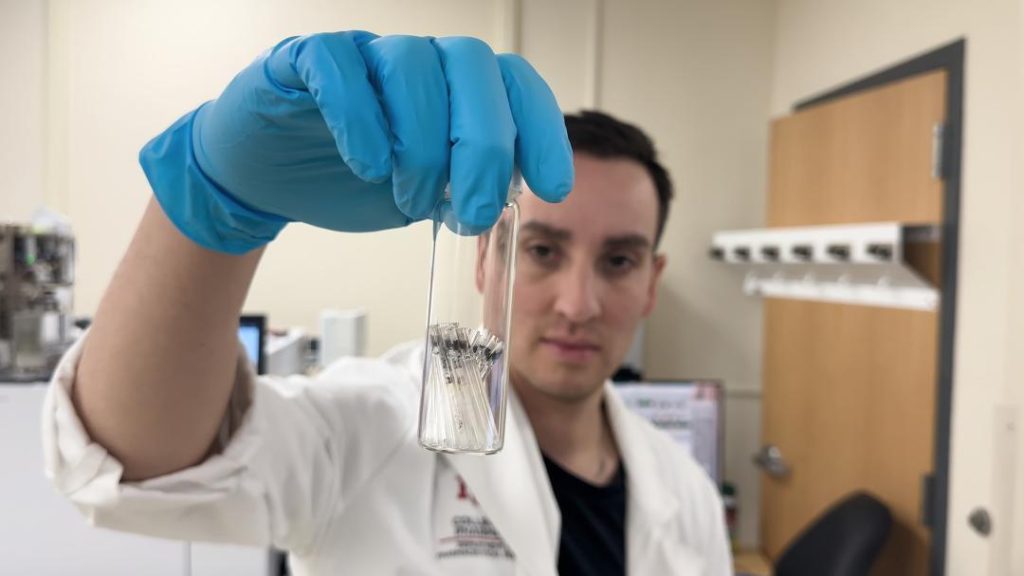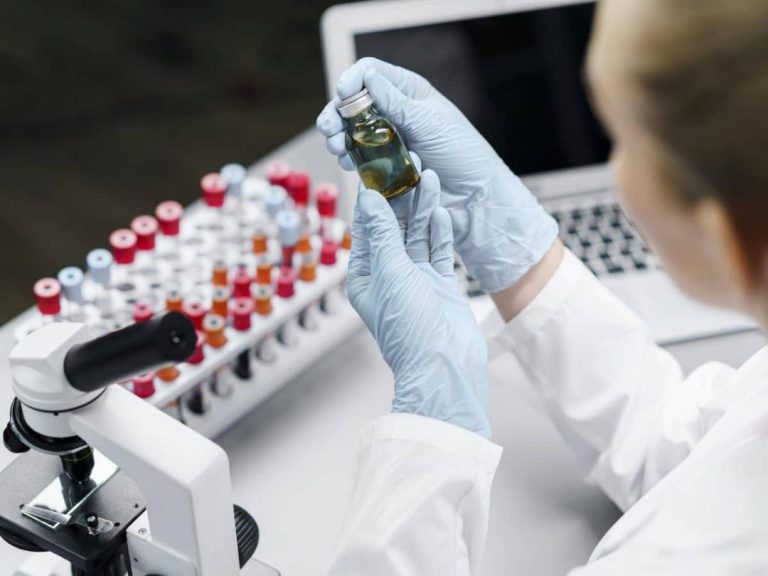
Spoonful of Microplastics Found in Human Brain: A Growing Concern for Health
The discovery of microplastics in human brains has sparked widespread concern about the potential impact on our health. A recent study has detected microplastics in human brains at much higher concentrations than in other organs. The alarming finding suggests that plastic accumulation appears to be growing over time, having increased 50% over the past eight years.
The study, which was published in the journal Environmental Science and Technology, analyzed brain tissue samples from 47 individuals who had died without any known neurological disorders. The researchers found that the brain tissue contained an average of 4,800 micrograms of microplastics per gram, equivalent to 0.48% by weight. To put this into perspective, a standard plastic spoon is 5 grams, which means that the concentration of microplastics in the brain tissue is equivalent to an entire spoon.
The study’s findings are a wake-up call for the alarming rate at which plastic waste is accumulating in our environment. Microplastics, which are small plastic particles less than 5 millimeters in size, can come from a variety of sources, including plastic packaging, clothing, and personal care products. Once in the environment, microplastics can be ingested by animals and humans, potentially causing harm to our health.
The accumulation of microplastics in the brain is a particularly concerning finding, as it suggests that plastic particles may be able to cross the blood-brain barrier and potentially affect brain function. The blood-brain barrier is a complex network of blood vessels and cells that protects the brain from foreign substances, but it is not impermeable. Previous studies have shown that microplastics can be present in the blood and organs, including the liver and kidneys, but the brain is a new and disturbing frontier.
So, what does it mean to have a spoonful of microplastics in your brain? While the exact impact on human health is still unknown, the presence of microplastics in the brain has been linked to a range of potential health effects, including:
- Inflammation: Microplastics can cause inflammation in the body, which is associated with a range of diseases, including cardiovascular disease, diabetes, and cancer.
- Neurological damage: The presence of microplastics in the brain may contribute to neurological damage, including memory loss, cognitive decline, and neurological disorders.
- Endocrine disruption: Microplastics can leach chemicals into the body, which can disrupt the functioning of hormones, potentially leading to reproductive problems and other health issues.
The study’s findings are a stark reminder of the urgent need to address the global plastic crisis. Plastic waste is choking our oceans, harming wildlife, and now, it appears, it is also accumulating in our brains.
So, what can we do to reduce our exposure to microplastics and mitigate the risks to our health?
- Reduce plastic use: One of the simplest ways to reduce your exposure to microplastics is to reduce your use of plastic products. Choose products with minimal or biodegradable packaging, and avoid single-use plastics.
- Recycle: Recycling is an important step in reducing the amount of plastic waste that ends up in our environment. Make sure to recycle as much as possible, including plastic bottles, cans, and paper products.
- Use microplastic-free products: Look for personal care products and cosmetics that are free from microplastics and other harmful chemicals. Choose products with natural ingredients and minimal packaging.
- Support plastic reduction initiatives: Encourage your government and local authorities to implement policies to reduce plastic waste and increase recycling rates.
In conclusion, the discovery of microplastics in human brains is a disturbing finding that highlights the urgent need to address the global plastic crisis. While the exact impact on human health is still unknown, the presence of microplastics in the brain is a wake-up call for the need to reduce our use of plastic products and mitigate the risks to our health.
Source:






